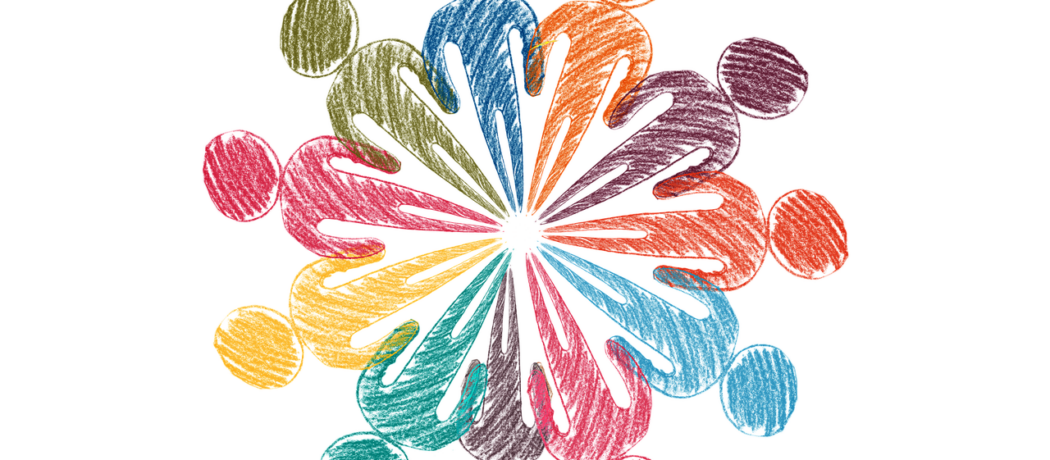Six steps for improving diversity and inclusion in marketing

Share
Diversity and inclusion have become increasingly important factors for marketing professionals as they seek to develop their brand and customer loyalty in a rapidly evolving global market. Despite efforts by companies to incorporate and embrace diversity and inclusion in their marketing and product development, progress has often been difficult.
A recent study by a team of international researchers has analyzed the barriers hindering such initiatives from the perspective of marketing practitioners, educators and researchers. Based on this international study, the team proposes six steps to overcome these hurdles and advance initiatives that consistently and proactively promote diversity & inclusion (referred to as Diversity & Inclusion Engagement Marketing – DIEM).
A multitude of initiatives but overall progress has been slow
Over the last decade, there have been multitudes of initiatives from companies to diversify brand offerings and cultural representations in advertising campaigns. IKEA, for example, launched the ‘ThisAbles’ project, teaming up with NGOs to develop products adapted for populations with special needs and disabilities.
“Despite many positive developments, however, overall the progress has generally been slow,” explains Catherine DEMANGEOT, a member of the team and marketing professor at IÉSEG. A number of brands have received criticism for cultural insensitivity and lacking in-depth insights into the nuances of inequality and discrimination in their campaigns, new product development and other areas of marketing activity.
“Marketing science is really in its early days in terms of developing robust tools and practices for implementing diversity and inclusion advancement goals,” she adds.
The research team identified ten barriers that limit the scale and impact of the current efforts to promote and embed DIEM principles across marketing research, education and practice. These barriers relate to how DIEM is defined and understood (meanings barriers), normatively accepted (norms barriers) and regulated (rules barriers).
Barriers: lack of common language, more evidence…
The study found, for example that there is a lack of a common language and understanding with regards marketing initiatives. Definitions of the term ‘Diversity and Inclusion’ vary, and often encompass differing focus on specific diversity forms (e.g., disability, ethnicity, race, and gender) and/or stakeholder groups (consumers, staff). “Due to this ambiguity and to the absence of commonly-shared definitions, it is difficult to ensure a fair and value-adding service provision to all stakeholders consistently,” explains Catherine DEMANGEOT (who co-leads the IÉSEG Center of Excellence for Intercultural Engagement).
Another challenge highlighted by the team relates to the fact that there appears to be a lack consensus on the rationale for engaging in DIEM within organizations or companies.
Finally, the researchers found that there is a lack of methods and tools for implementing DIEM, and their review of university marketing curricula reveals that they do not generally incorporate DIEM methods.
Six steps for the future
Based on their findings, the researchers propose six steps for overcoming these barriers and for improving DIEM:
1. Develop a common and holistic definition of diversity and inclusion. “Our current understanding of diversity may not give the right importance to all characteristics”, notes Catherine DEMANGEOT. “A definition commonly accepted across disciplinary fields (science, practice, education) would enable a systematic approach to all forms of diversity, and more rapid progress”.
2. Establish and promote DIEM as an area of professional marketing practice. The researchers argue the need for more collaboration between individuals working on DIEM as they lack a shared identity and a sense of a critical mass. “This will facilitate knowledge exchange and will help DIEM be recognized in a similar way that digital marketing has evolved in recent years”.
3. Consolidate and disseminate evidence-based insights on DIEM best practices and their corporate and social performance benefits. Furthermore, establishing knowledge exchange resources and mechanisms will help support wider dissemination and stimulate collaborative development of new tools and practices
4. Organize and collaborate to scale up DIEM relevance and impact. The realities of diversity in the marketplace can differ in different contexts and cultures. Fostering and structuring collaborations between researchers and professionals in different disciplinary fields and locations can provide important insights for DIEM’s future application and to ensure it stays up-to-date.
5. Reward DIEM development work. DIEM efforts have often been led as voluntary initiatives by individual professionals committed to promoting diversity and inclusion. “Leaders in industry and in public policy have a role to play here. Instituting formal means of recognizing and rewarding DIEM work and grassroot initiative would quicken the pace of development of the practice”, explains Catherine DEMANGEOT. An example would be an industry-led DIEM Award.
6. Embed DIEM in training of marketers of the future. Finally, the researchers argue that training on diversity and inclusion and on marketing principles are too often disconnected, resulting in lack of applied DIEM knowledge and practical skills. “There is a clear need for diversity and inclusion principles to be integrated right from the start in any marketing project, and this is something that would need to be reflected in the education of future marketers, by integrating DIEM into marketing curricula”.
Next steps
The team now plans to launch a web platform this year that will serve as a source of DIEM content and a connection space for practitioners, educators and researchers.
Methodology
The team carried out three qualitative studies designed to examine DIEM work carried out by marketing professionals and those working in research and education. Data was collected in the United States, United Kingdom, and South Africa, via a series of knowledge co-creation workshops with marketing professionals, researcher introspective reflections on DIEM knowledge and research, and universities’ official webpages regarding their D&I agenda, DIEM actions and curricula.
Research team
The following researchers contributed to this research: Eva Kipnis University of Sheffield, UK; Catherine Demangeot, IESEG School of Management; Chris Pullig, Baylor University, USA; Samantha N.N. Cross, Iowa State University, USA ; Charles Chi Cui, University of Westminster, UK ; Shauna Kearney, Birmingham City University, UK; Tana Cristina Licsandru, Queen Mary University of London, UK; Carlo Mari, University of Molise, Italy; Veronica Martın Ruiz, Iowa State University, USA; Samantha Swanepoel, University of Pretoria, South Africa; Lizette Vorster, Northumbria University, UK; Jerome D. Williams, Rutgers University – Newark, USA.
March 2023: Please note that Catherine Demangeot no longer works at IESEG. This article/video/podcast was published during her time at the School.



